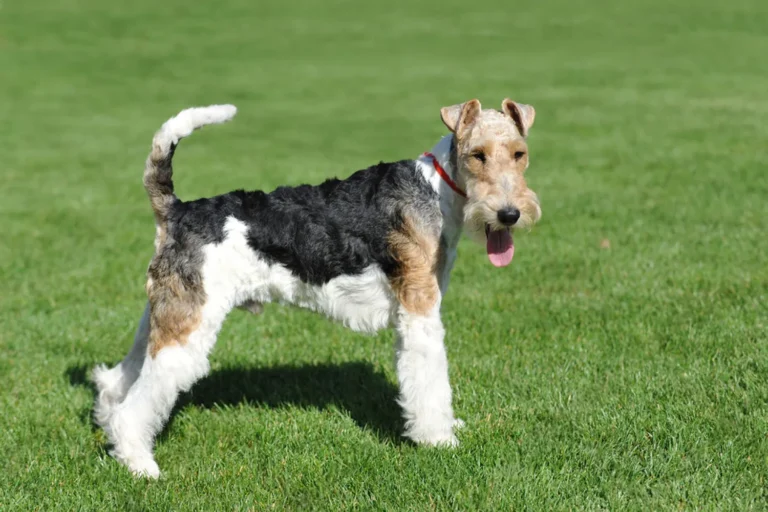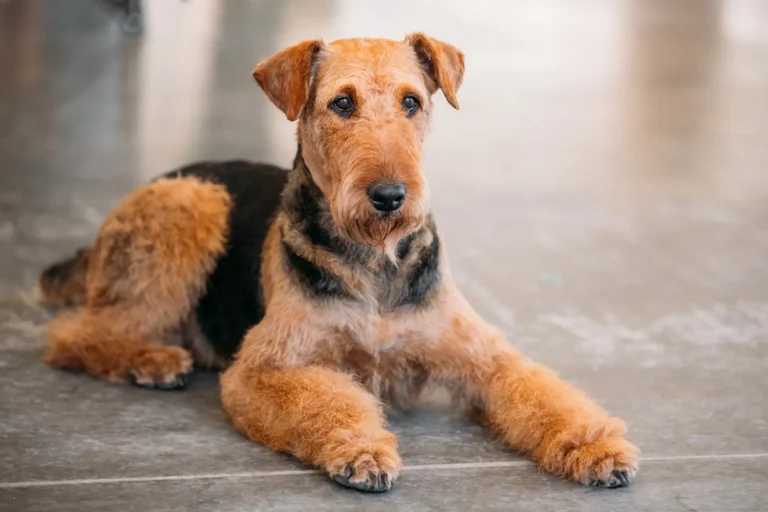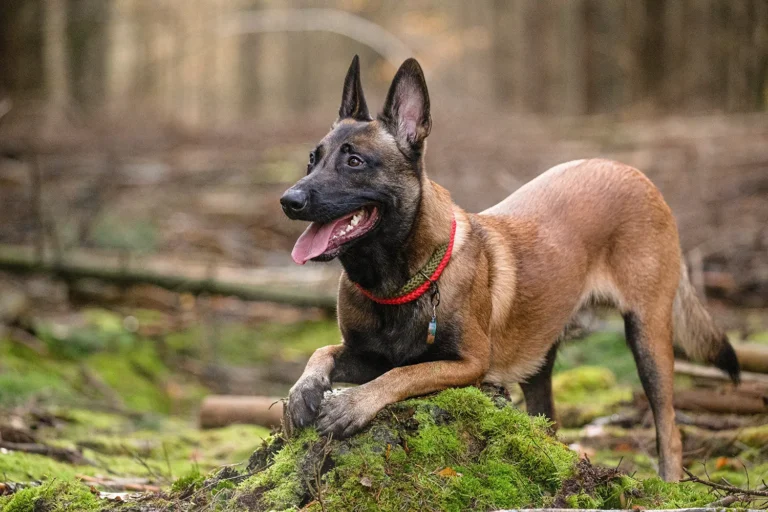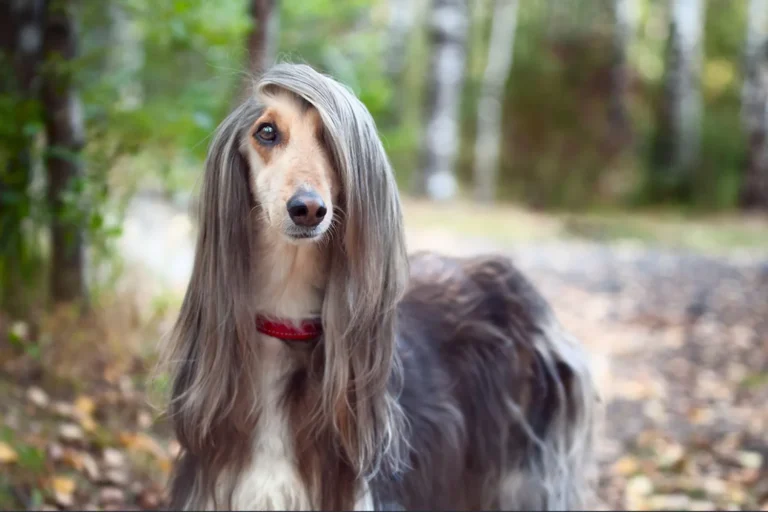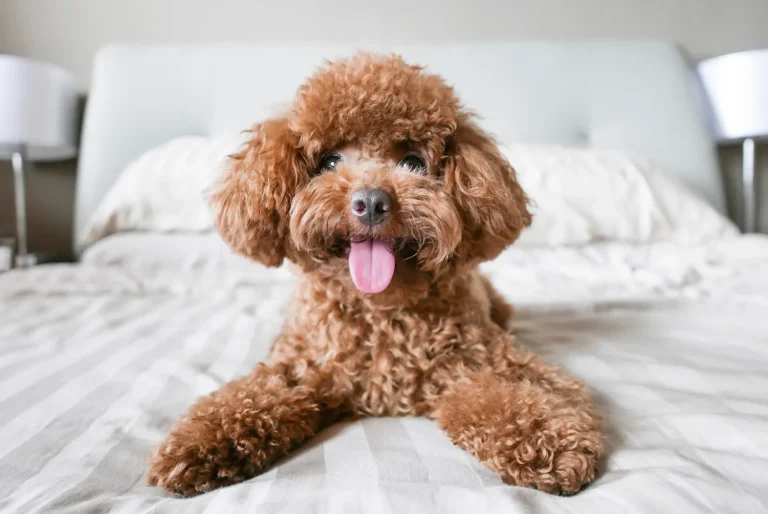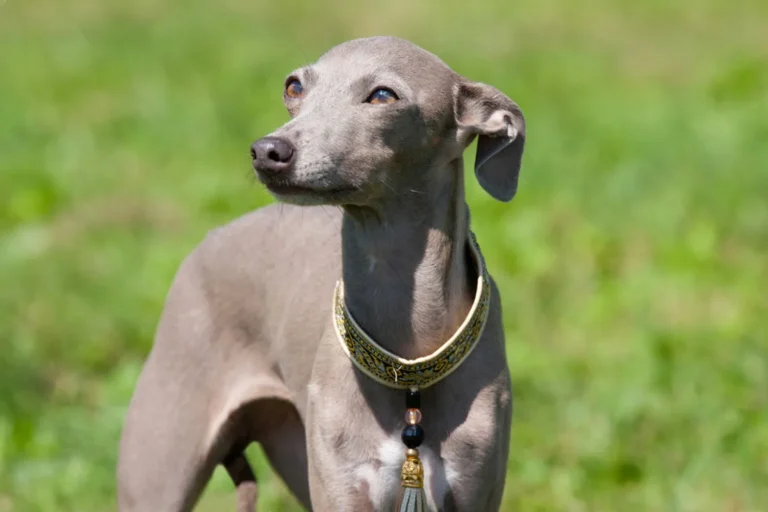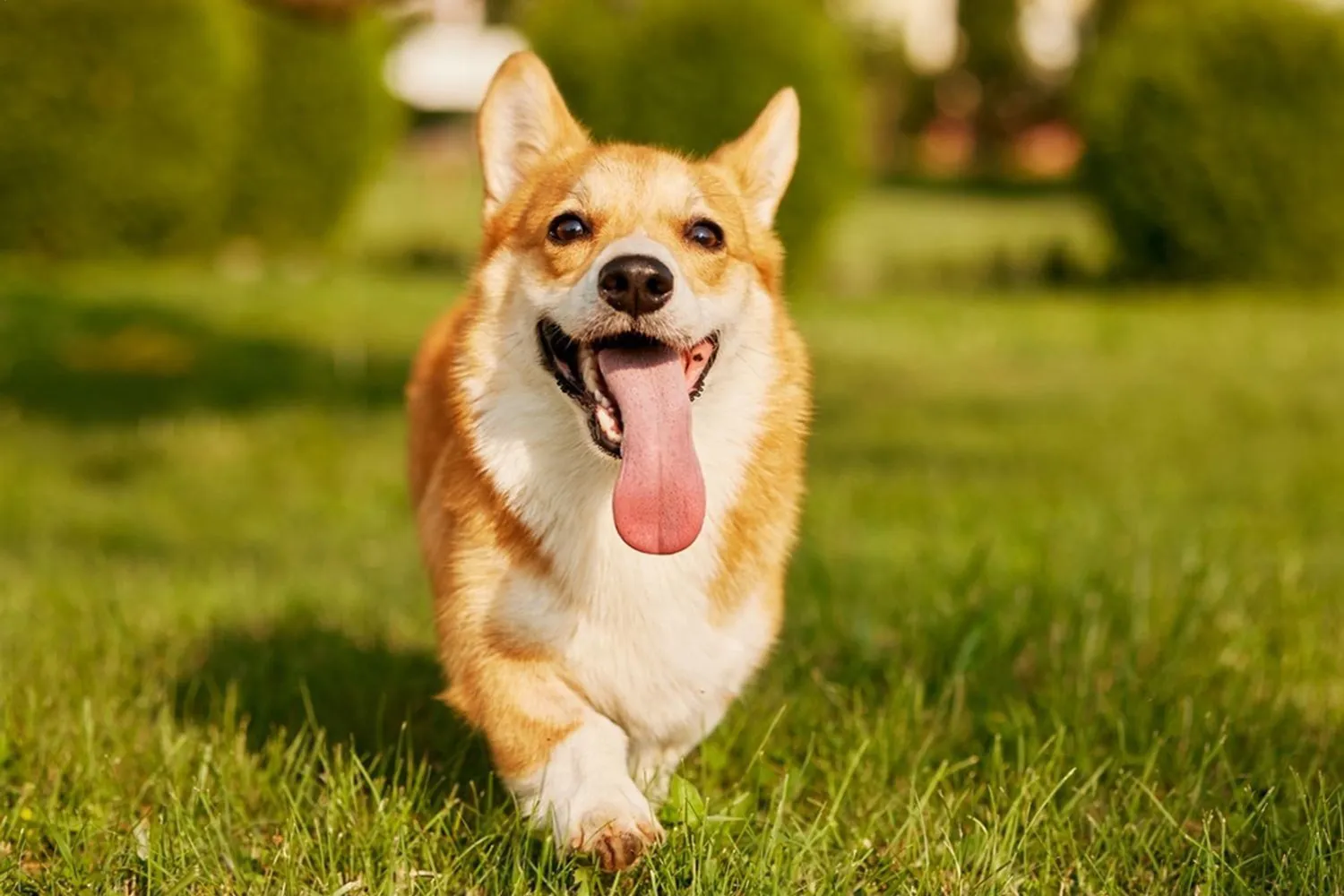
The Corgi Inu is a charming blend of Pembroke Welsh Corgi and Shiba Inu, and it tends to wear the best of both parents right on its sleeve er, fur. Think compact body, perky ears, a fox like grin, and a plush coat that invites you to cuddle. Some even sport a jaunty little curl to their tail. Personality wise, they’re sweet and affectionate but with just enough independence to keep things interesting. A friend’s Corgi Inu would do gleeful “happy hops” at the door every time I visited, then trot off to sit regally on the couch as if to say, “You may approach.” It’s a delightful combo for anyone who wants a loyal companion who loves snuggles but also appreciates a bit of personal space.
If you bring one home, plan for steady, positive training Corgi Inus are clever and food motivated (thanks, Corgi) but can have a streak of Shiba level stubbornness. Short, fun sessions work best, and early socialization makes a big difference. They do well with daily walks and a good play session; a couple brisk outings plus puzzle toys or a sniffy game in the yard usually keeps them happy. Grooming is straightforward but consistent: that double coat sheds, especially seasonally, so a few brushes each week will save your carpets and your sanity. Watch their weight and be kind to those sturdy little legs too many stairs or couch leaps can be hard on their backs. I like to practice a rock-solid recall and keep a leash handy outdoors; the Shiba curiosity can kick in at the sight of a squirrel. Treated with patience, structure, and affection, a Corgi Inu is the sort of companion who fits beautifully into family life, city apartments, or cozy homes where a wagging tail is always welcome.
What is the history & origin of the Corgi Inu?
Like many designer dogs, the Corgi Inu popped up in the early 2000s, most likely in North America. The idea was simple but clever: keep the Shiba Inu’s foxy looks and spirited independence, then blend in the Corgi’s cheerful, people loving nature. A breeder I chatted with in Washington put it this way: families wanted the Shiba “spark” without quite as much aloofness. I remember seeing my first Corgi Inu at a Saturday farmers market short legs, big grin, and that unmistakable Shiba tail curl. He looked like a fox in a corgi suit and charmed every person who walked by.
That blend of traits is exactly what you tend to get: a companion who’s confident and a bit independent, but still loves being part of the family action. They’re not high maintenance and adapt well to smaller homes or apartments as long as they get daily walks and a little playtime. My neighbor’s Corgi Inu, Mochi, lived happily in a small condo with two kids morning trot around the block, evening couch snuggles, and she was content. If you bring one home, a tip from experience: start early with positive training and socialization to balance that Shiba streak. They’re smart, so puzzle toys and short, fun training bursts go a long way. Grooming is pretty straightforward, though a weekly brush helps when the seasonal shedding kicks in. Give them love, a routine, and a spot by your side, and they’ll give you a loyal buddy with a big personality in a compact package.
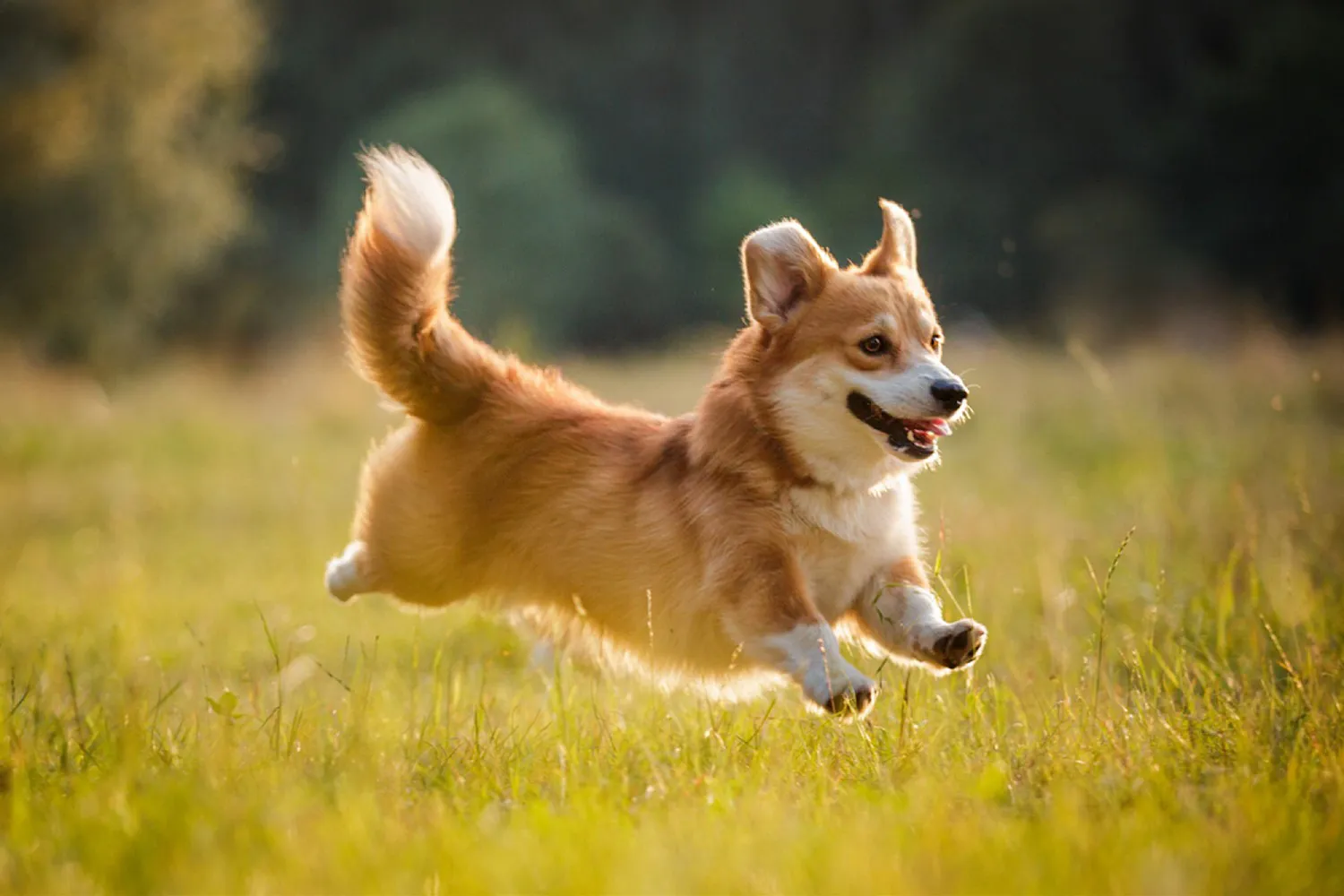
What Is a Corgi Inu?
Picture a compact, fox faced pup with pricked ears, a perky trot, and a big personality packed into a small to medium frame. That’s the Corgi Inu, also called the Shiba Corgi an adorable cross between a Pembroke Welsh Corgi and a Shiba Inu. I once met two siblings from the same litter at our park: one was a goofy social butterfly who belly flopped into puddles, while the other preferred careful sniff inspections and polite distance from new people. Same parents, totally different vibes that’s the magic of this mix.
If a Corgi Inu leans toward the Corgi side, expect a clownish, outgoing sidekick who thinks every human is a friend. If they take after the Shiba Inu, they can be more independent and a touch reserved with strangers. Either way, these dogs are smart and alert. They make excellent little guard dogs, quick to notice anything unusual and happy to let you know when a package hits the doorstep. Around the house, they’re small enough to fit comfortably in an apartment, but don’t be fooled by their size they’ve got a big supply of energy.
Daily exercise and mental stimulation are the secret sauce. Mine thrived on two brisk walks and a “brain game” session: puzzle feeders, hide and seek with treats, or a short backyard obstacle course made from broomsticks and flower pots. A bored Corgi Inu will invent their own fun (I learned this the day my shoe became a “chew enrichment activity”). Keep training upbeat and consistent, and you’ll have a quick learner who loves to show off.
Shiba Inus were originally bred as herding dogs, so this mix often enjoys being outdoors and may show herding instincts circling, nudging, or trying to “organize” kids and other dogs. Start training early so that instinct stays manageable. I like to redirect that energy into fetch or structured games, and I teach solid cues like leave it, come, and settle. If you’ve got small children, supervise those early interactions and give your pup a clear job, like carrying a toy or practicing sits during playtime.
You’ll see a fun mix of looks in Corgi Inus, too. Some inherit the Corgi’s low, sturdy build and that signature “wiggle,” while others carry a curled tail and more foxlike expression from the Shiba side. Most have a plush double coat, so a quick brush a few times a week keeps the tumbleweeds under control especially during seasonal shedding.
In the end, whether your Corgi Inu grows into a bold little comedian or a thoughtful, independent companion, you’re getting a bright, loyal dog who keeps life interesting. If you enjoy an alert buddy who can make you laugh, challenge your brain games, and nudge you out for one more walk, this hybrid is a charmer.
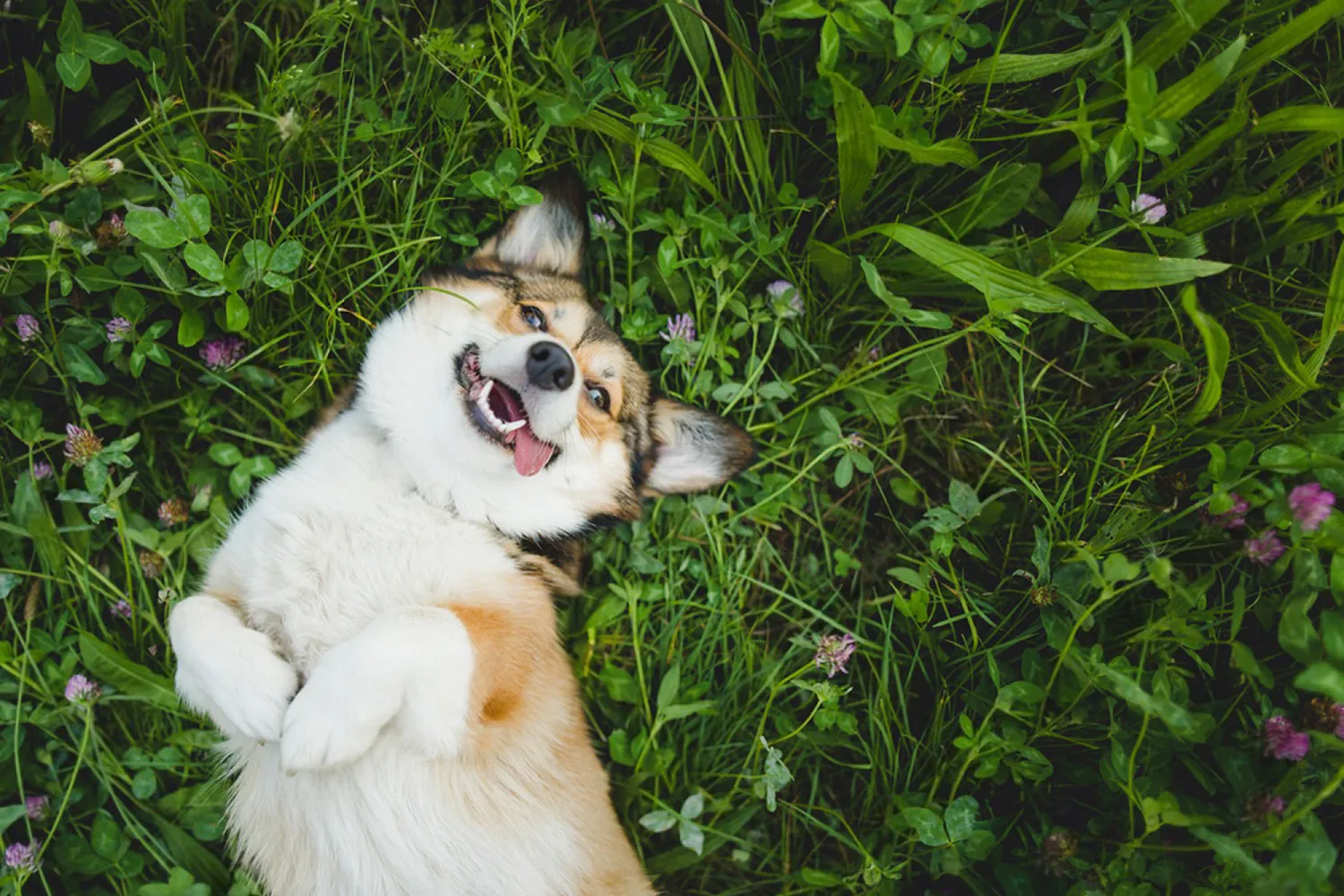
Who Is a Corgi Inu Best For?
If you’re a single person or part of a small family that actually enjoys getting outside every day, a Corgi Inu can fit your life beautifully. This Shiba Inu and Corgi mix thrives with someone who has time for daily walks, little training games, and plenty of affection. They’ve got pep in their step Shiba energy wrapped in a compact, fox like package so a quick lap around the block won’t cut it. Think a morning walk, an evening stroll, and a few play bursts in between. On busy days, I’ll scatter a handful of kibble around the living room and say “Find it!” buys me ten minutes and leaves them grinning. If carving out time for movement every day sounds like a stretch, this probably isn’t your breed.
They’re clever, which makes training very doable when you keep it fun and fast paced. Turn obedience into play and they’ll shine. I like mixing “sit, down, stay” with a silly trick spin, high five, touch my hand then tossing a toy as a jackpot. Puzzle feeders, snuffle mats, and hide and seek recalls are household favorites here. You’ll notice the Shiba side’s independent streak now and then, so short sessions with happy rewards work better than long lectures. A neighbor’s Corgi Inu, Nori, learned “leave it” in a week simply because her owner made it a game with a cheerful “Yes!” and a tiny treat every success.
These dogs tend to form tight bonds with a few people. They’re loyal, a bit selective, and wonderfully protective of their circle. That makes them natural little guardians those sharp ears catch everything at night. Mine will pop up before I even hear the delivery truck and do a quick trot to the door, just to make sure I’m aware of the “intruder.” It’s a fantastic early warning system, but channel it kindly: lots of positive socialization, windows that don’t face the sidewalk if they’re prone to bark, and teaching a “quiet” cue right alongside “speak.” One trick I love is thanking them “Good job, I’ve got it” then rewarding silence. They learn they did their duty, and now the boss is on it.
After they’ve burned off steam, the cuddly side comes out in full. Despite that foxy look, they’re affectionate, eager to please, and happiest tucked against their people. I’ve had a Corgi Inu curl into the crook of my knees after a long park loop and snore like a tiny lumberjack. They do best when they’re included movie nights, weekend errands, little training tune ups so plan for together time. If you want a bright, playful companion who’ll make you laugh on walks and melt into you on the couch, the Corgi Inu can be a perfect match. Just bring your sneakers, a pocket of treats, and a sense of humor.
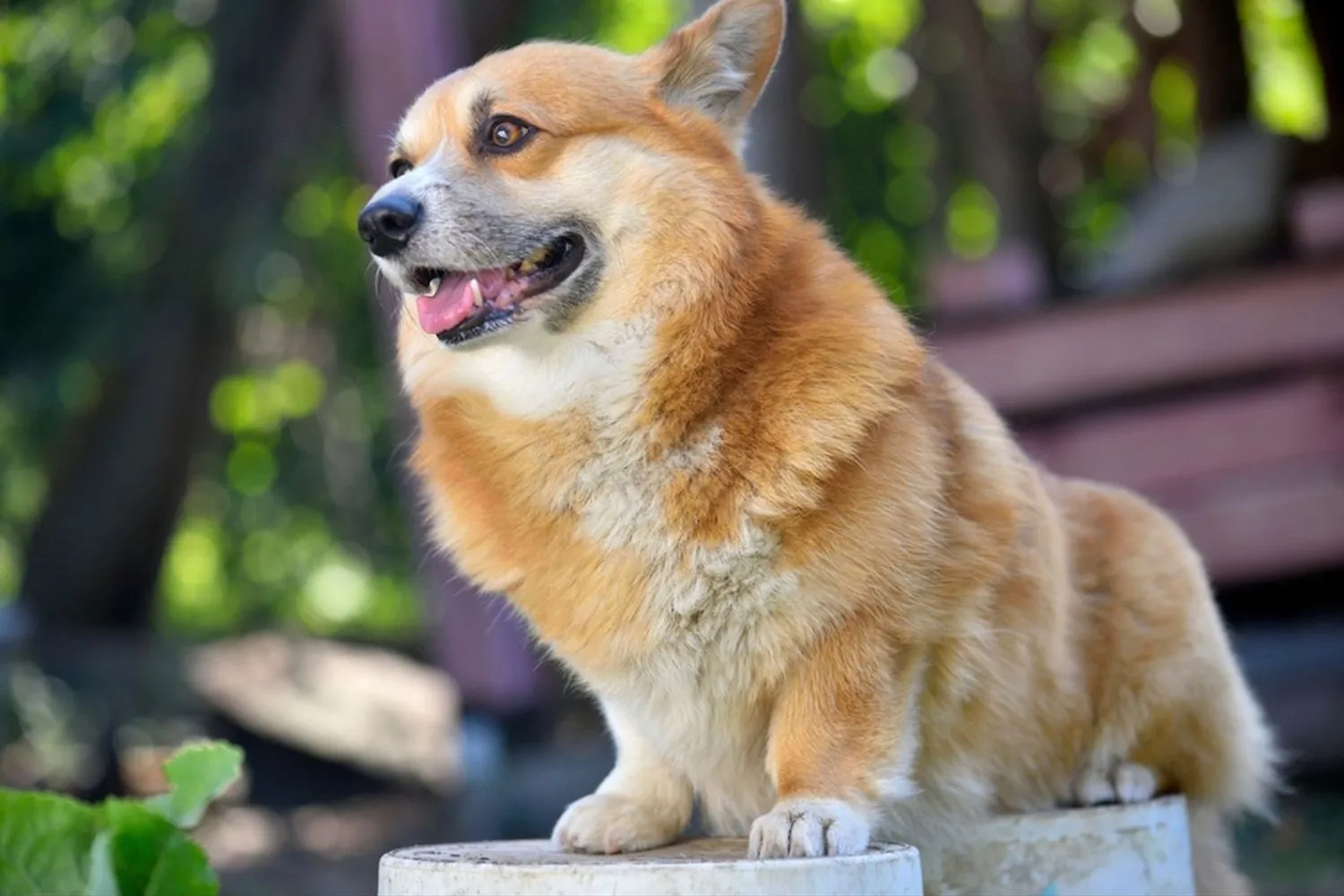
Corgi Inu Grooming & Shedding
If you bring home a Corgi Inu, prepare to become very familiar with your brush. These Shiba Corgi mixes are serious shedders thank their Shiba side for that and they seem to sprinkle a little “Corgi confetti” everywhere they go. I joke that my robot vacuum has a full-time job; in spring and fall, it practically earns overtime when the coat really “blows.” Daily brushing makes a huge difference. I keep an undercoat rake and a slicker brush by the door and give a quick once over before walks an old breeder tip so the breeze carries away the loose fluff. Brushing outdoors, a gentle spritz of water on the coat to keep flyaways down, and a lint roller on standby for black pants are my go tos.
Baths every 4-6 weeks help, but fully drying the thick coat is key to avoid trapped moisture. A healthy diet with omega-3s keeps the coat shiny, though it won’t stop the shedding. Plan on regular nail trims, ear checks, and teeth brushing as part of the routine. And a heads up for allergy sufferers: this mix isn’t a great match. Even with air purifiers, frequent laundry, and diligent grooming, the constant fur might be too much if allergies are a concern.
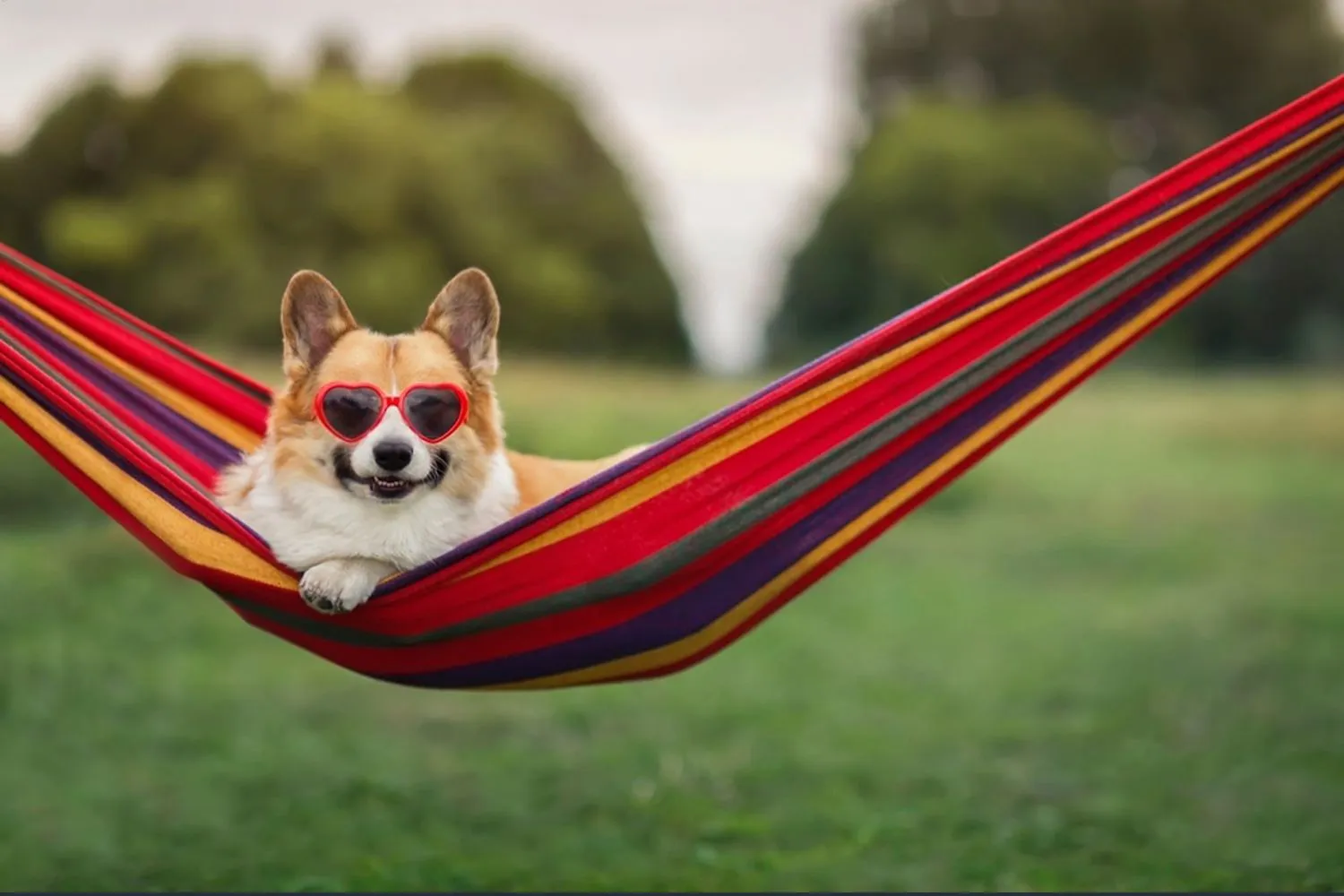
Do Corgi Inus Bark a Lot?
From what I’ve seen, Corgi Inus (the Shiba Corgi mix) land right in the middle definitely not silent, but not the neighborhood alarm system either. They tend to bark or even let out a fox like howl when something feels “off” to them. That can mean a stranger at the door, an odd noise outside, or simply a strong instinct to be protective of their people. My friend’s Corgi Inu would announce every delivery with a serious “ahem,” but once introduced to the mail carrier a few times, he relaxed and settled for a polite wag instead of a lecture.
Early socialization is the magic ingredient. Start young if you can puppy classes, calm meet and greets, strolls where they watch people and dogs from a comfortable distance. The more your pup learns that new sights and sounds are safe, the less likely they’ll feel threatened and start howling or barking. I used to take my mix to a busy café and reward quiet watching; within a few weeks, he barely blinked at skateboards or clattering dishes.
Training helps too. Teach a solid “quiet” by rewarding those first moments of calm after a bark, and manage triggers frosted window film for that squirrel viewing bay window, a white noise machine near the door, or a go to mat to settle on when guests arrive. Don’t forget outlets for their brains and legs: short training sessions, puzzle feeders, and sniffy walks can do wonders. One time I set up a “doorbell practice” with a friend ring, treat for calm, repeat and it turned our door drama into a non event.
Bottom line: they have a moderate voice, mostly for alerts and protection. With early socialization, positive training, and good routines, that voice becomes thoughtful rather than constant. And if barking suddenly ramps up out of nowhere, check for changes new noises, less exercise, or even a vet visit just to be safe.
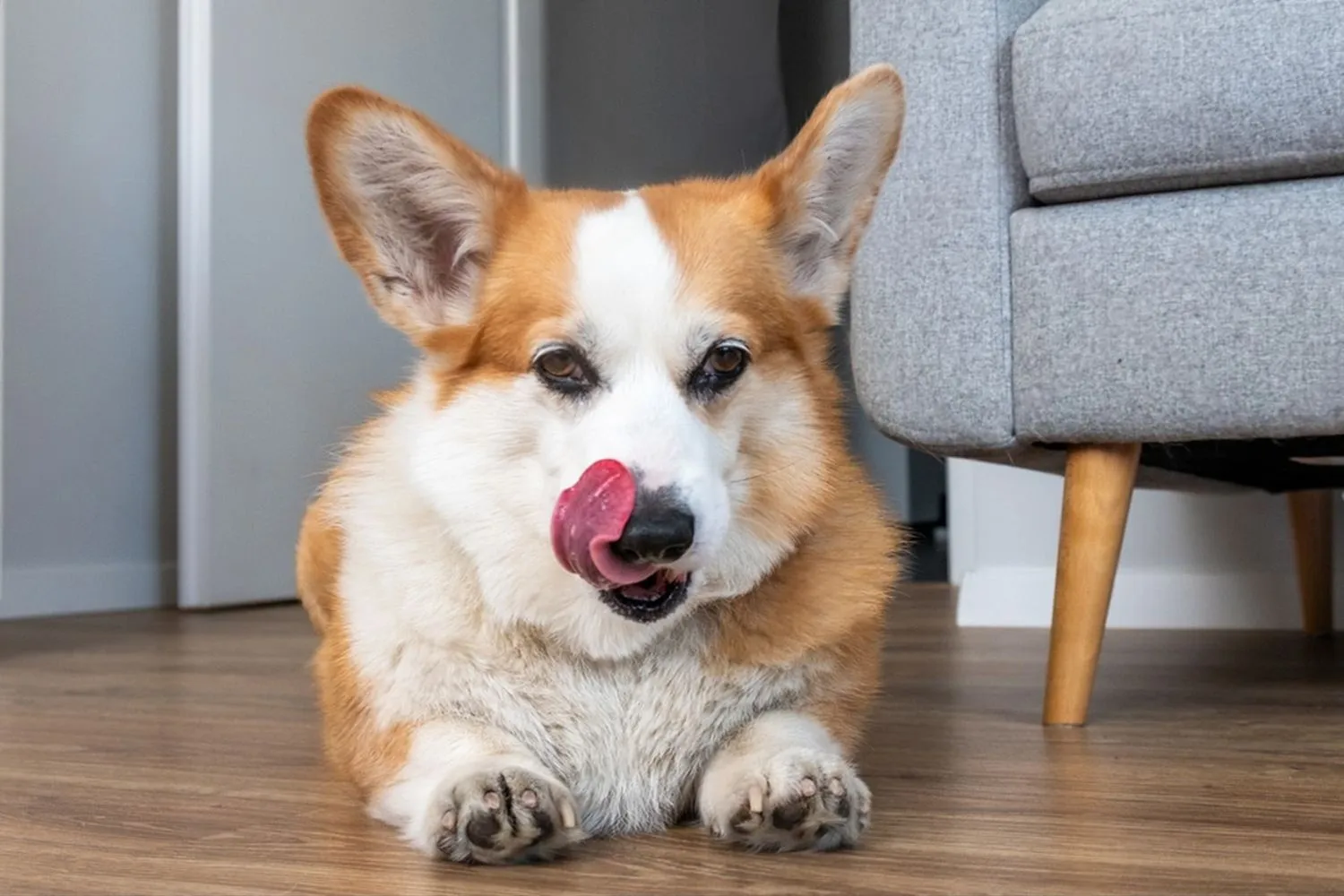
What is the average weight and height of a Corgi Inu?
The Corgi Inu (that charming Shiba Inu and Welsh Corgi mix) is a sturdy, medium sized companion. Most fall in the 7.7-12.2 kg range, with a height around 23-38 cm at the shoulder. If you think in pounds and inches, that’s roughly 17-27 pounds and about 9-15 inches tall. They pack a lot of personality into a compact frame I once scooped up my friend’s Corgi Inu, Mochi, and was surprised at how solid she felt, like a well stuffed loaf of bread with legs.
Because they’re a blend, there’s wiggle room. Some take after the Shiba with a slightly leggier look; others lean more Corgi with a longer body and lower stance. Don’t stress if your pup sits just outside the averages healthy variety is normal. I like to go by feel as much as numbers: you should be able to feel ribs without pressing hard, see a gentle waist from above, and notice a tidy tummy tuck from the side. Keeping them lean is extra important for those Corgi style backs and short legs.
Quick tip for measuring at home: measure height at the shoulder (the withers) while your dog stands square, and use the bathroom scale trick for weight step on with and without your dog and subtract. Most Corgi Inus reach close to adult height in their first year, then fill out a bit. If you’re unsure where yours should land, your vet can help set a healthy target for your particular mix.
https://en.wikipedia.org/wiki/Welsh_Corgi
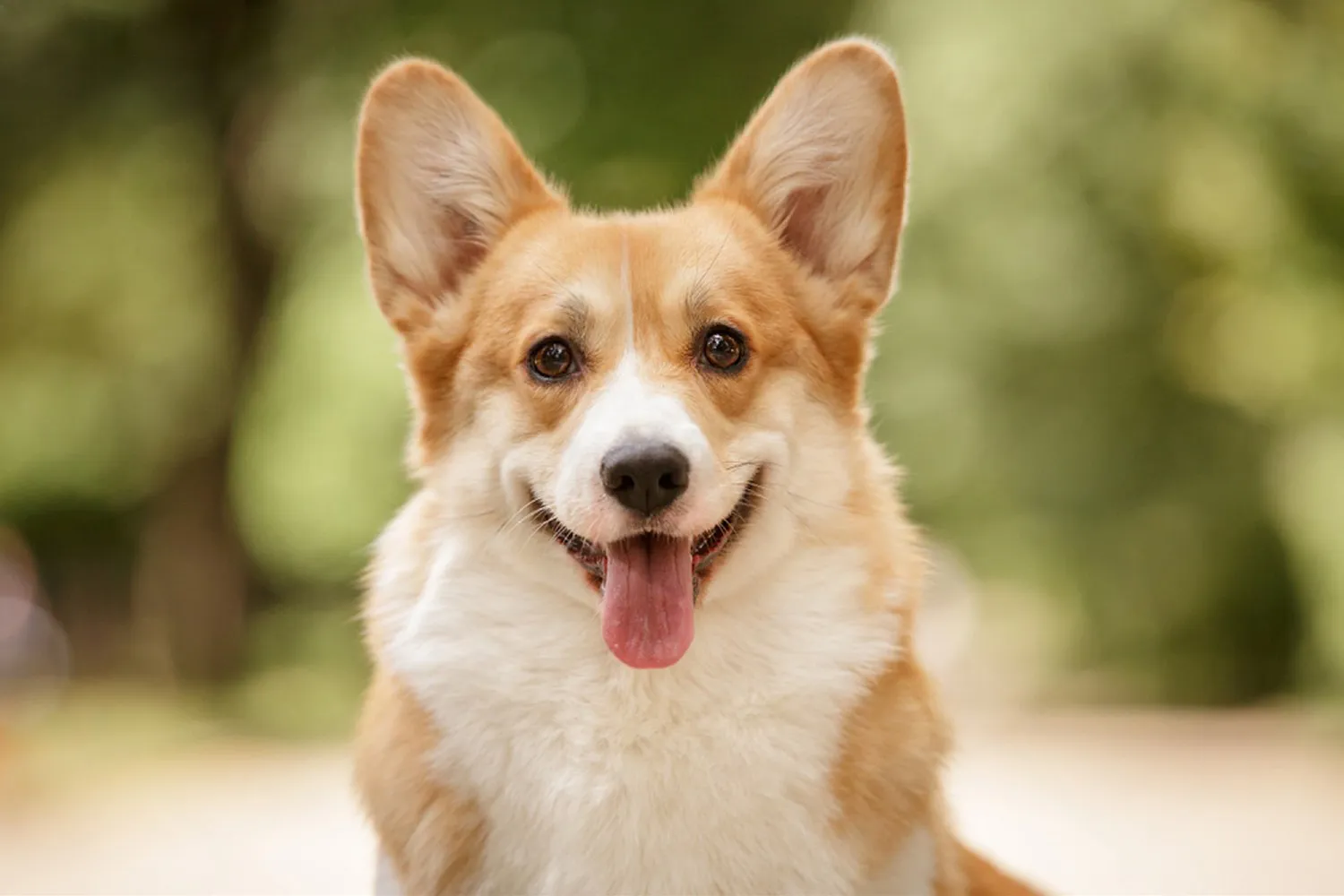
Are Corgi Inus Easy to Train?
With a Corgi Inu, you’re working with a bright little teammate. Like Pembroke Welsh Corgis and Shiba Inus, they’re sharp and curious, which makes training feel both easy and rewarding when you approach it the right way. They enjoy having a job to do and really lean into clear cues sit, down, stay, and “place” tend to click fast. I remember helping my friend’s Corgi Inu, Mochi, learn a jaunty little spin in a weekend; we kept sessions short, playful, and paid in tiny cheese cubes. He lit up every time he nailed it, trotting back like, “What’s next?”
My best advice: keep sessions five to ten minutes, end on a win, and use upbeat praise with high value treats. These dogs are eager to please, especially when they understand exactly what earns the reward. Mix in fun “jobs” like bringing a toy to hand, hopping onto a mat, or a quick round of puppy push ups (sit down stand). Sprinkle in simple nose work games toss a “find it” cue with a hidden treat and you’ll see that clever brain engage. A steady routine, a clicker or marker word, and plenty of variety make the process enjoyable for both of you. With consistency and a little creativity, training a Corgi Inu feels less like work and more like a fun project with a very clever partner.
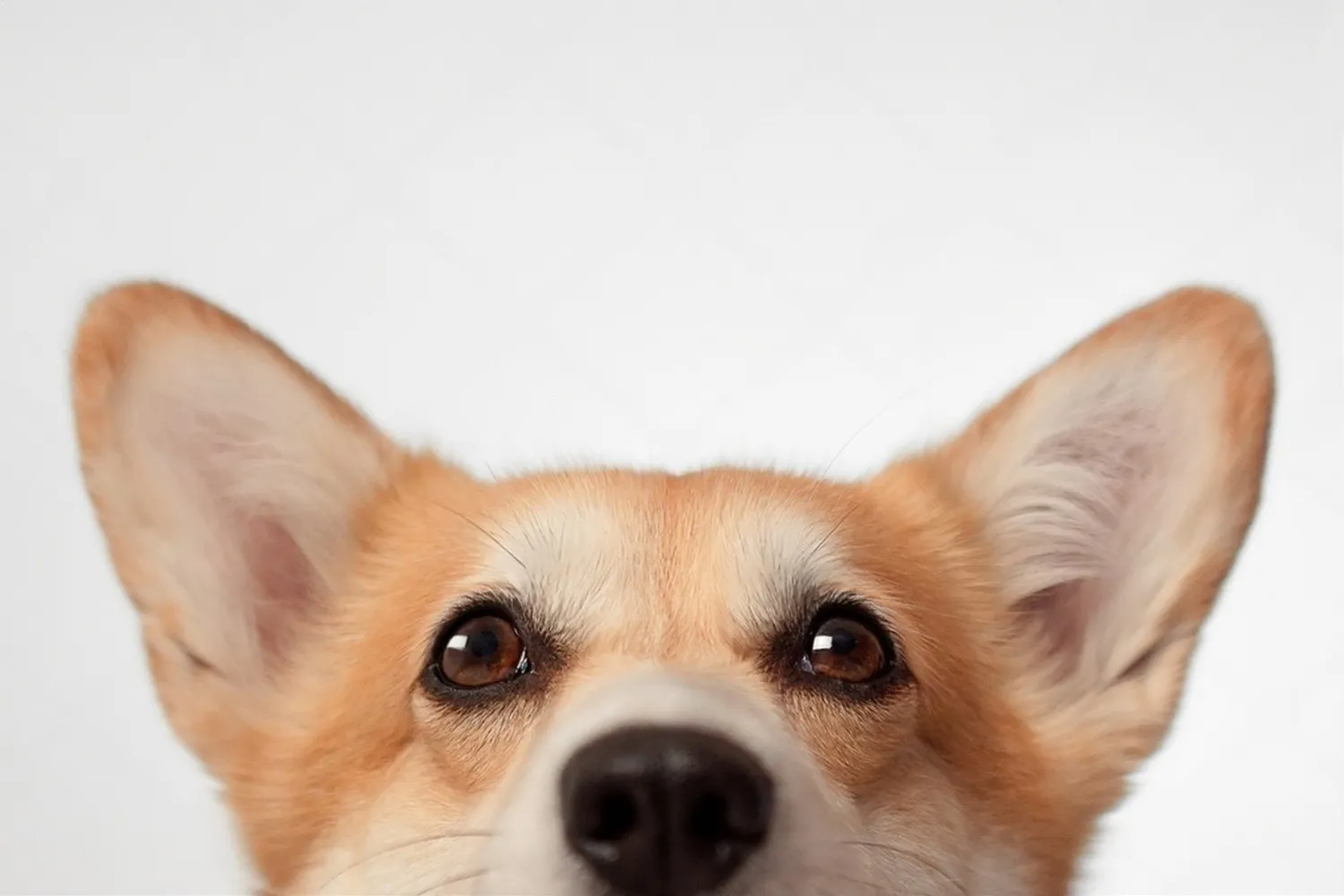
How Do Corgi Inus Behave? A Look at Their Temperament and Personality
Corgi Inus are a bit like a surprise party in a fluffy package you never know which parent they’ll take after most, and that’s part of the fun. Some lean into the Shiba Inu’s independent streak and cat like cool, while others inherit the Corgi’s cheerful, goofy, and social vibe. Most end up as a charming blend: playful and affectionate with their people, yet sometimes a touch reserved or standoffish with newcomers.
Around family, they’re usually all in snuggly, attention loving, and eager to be part of whatever you’re doing. My neighbor’s Corgi Inu, Pepper, pretends she’s aloof when I first visit, sitting just out of reach with that “I’m evaluating you” look. By the third cookie, she’s planted on my feet like we’ve been best friends for years. With new people, I’ve found it helps to let them approach on their own terms, keep greetings calm, and have a few small treats ready to create a positive first impression.
Because they adore their people, Corgi Inus don’t do well with long stretches alone. If they feel ignored or bored, they can get vocal or destructive think “shoes as chew toys” or “couch cushion confetti.” I learned this the hard way after a too long grocery run; I came home to what looked like a snowstorm of stuffing in my living room. To prevent that, build in mental and physical exercise before you leave, and use enrichment like frozen Kongs, snuffle mats, or puzzle feeders. If your schedule runs long, a dog walker or a couple of doggy daycare days each week can be a game changer.
Training wise, expect a clever dog with a dash of stubbornness. Keep sessions short, upbeat, and reward heavy. Early socialization helps them feel confident around different people, places, and sounds. Many Corgi Inus inherit a watchdog y bark and a “let me tell you about that squirrel” commentary, so teach a quiet cue early. I practice by knocking lightly on a table, marking one or two barks, then rewarding silence. It sounds silly, but it works. Also be mindful of herding tendencies some will try to round up kids or other pets so redirect that energy into games of fetch, flirt pole sessions, or scent work to give them a job.
In short, Corgi Inus are spirited, affectionate companions who thrive on attention, structure, and fun. Give them your time, keep their brain busy, and respect their occasional “I need a minute” attitude with strangers, and you’ll have a loyal, entertaining buddy who keeps life anything but boring.
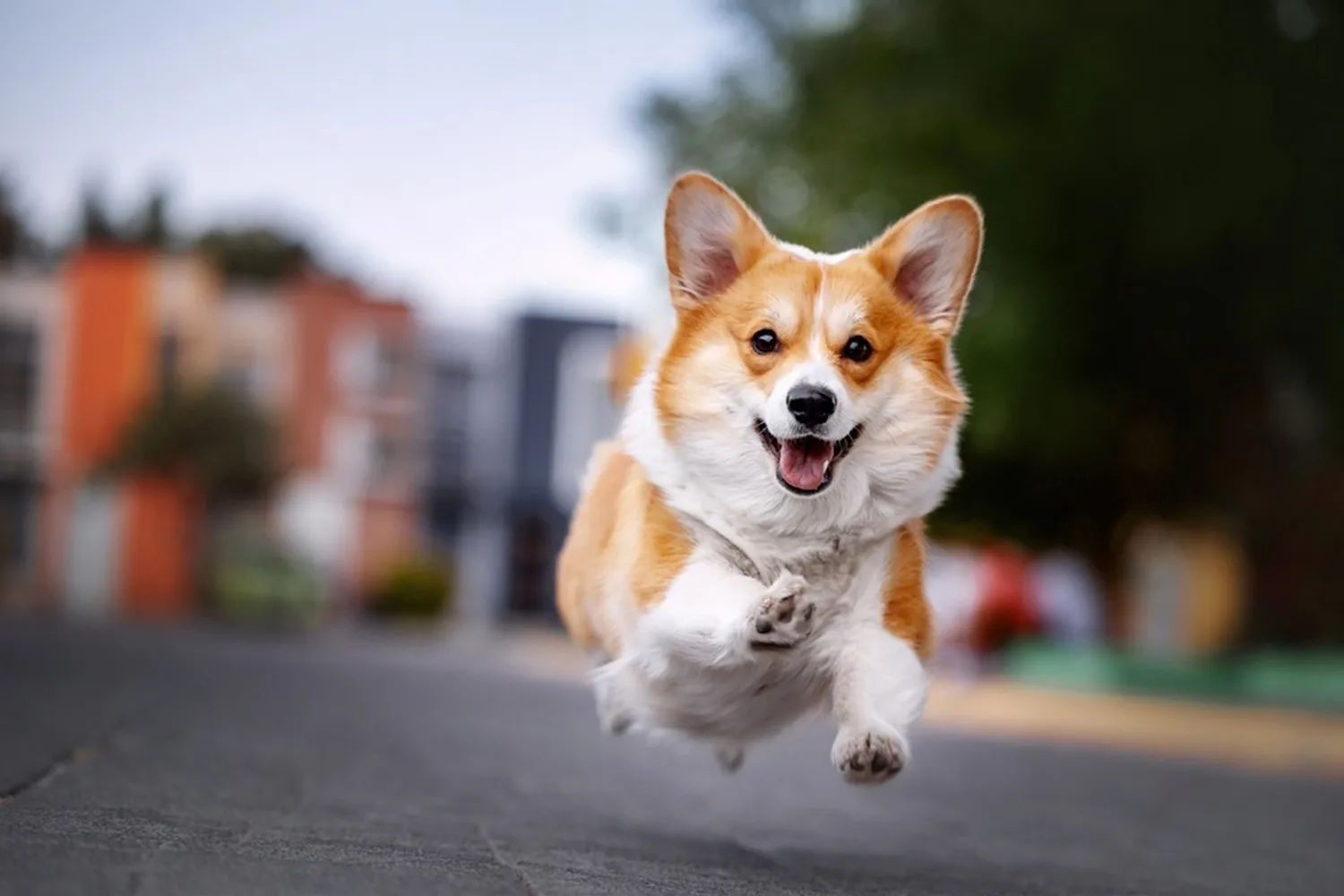
Does the Corgi Inu Have Any Common Health Issues?
Like many mixes, the Corgi Shiba Inu tends to inherit a few of the same health concerns seen in both parent breeds. It doesn’t mean your Shiba Corgi will develop them, but it’s smart to know what to watch for and how to stay ahead of things. I always say knowledge plus good habits buys you a lot of happy, wiggly years.
Elbow and hip dysplasia are big ones for this mix. These are genetic joint issues where the joint doesn’t form quite right, which can lead to pain and stiffness over time. Early signs can be subtle: a bunny hop run, reluctance to jump into the car, or getting up stiff after naps. One of my friend’s Shiba Corgis started hesitating at the bottom of the stairs, and that was our cue to see the vet. X rays can confirm what’s going on, and management often includes keeping your dog lean, sticking to low impact exercise like gentle walks or swimming, using ramps instead of jumps, and sometimes physical therapy. I learned the hard way that one extra pound on a small dog is like a backpack they have to carry all day.
Patellar luxation pops up in some Shiba Corgis too. That’s when the kneecap slips out of place and causes a funny little skip in their step. You might see a quick hop and then they’re fine again. Mild cases can be managed with muscle strengthening exercises, trimmed nails for better traction, and avoiding slippery floors; severe cases may need surgery. I put runner rugs down in my hallway after watching a friend’s dog slide around like a cartoon character problem solved and knees happier.
Cataracts are another possibility. That’s the clouding of the lens in the eye, which can make the world look foggy. You might notice a bluish or cloudy look in the eye or that your dog is bumping into furniture in low light. A veterinary eye exam will tell you what you’re dealing with; some cataracts are monitored, and some are candidates for surgery. I like to do an annual eye check quick, easy, and reassuring.
Degenerative myelopathy is a tougher one: a progressive spinal cord disease that leads to hind end weakness and mobility issues. It usually isn’t painful, but it can be heartbreaking to watch. Early on, you might notice scuffed nails or a dragging back foot. While there’s no cure, keeping your dog fit with short, regular exercise and physical therapy helps a lot. I’ve used a rear support harness for an older dog in my life made walks safe and kept his spirits up. Some folks even get little carts, and you’d be amazed how fast these dogs learn to zoom again.
Regular vet check ups are your best friend yearly for healthy adults and twice a year once they’re seniors. Keep vaccinations up to date, and don’t skip parasite prevention for fleas, ticks, and heartworm. If you’re getting a puppy, ask about the parents’ health screenings for hips, elbows, eyes, and patellas. Day to day, focus on a healthy weight, steady low impact exercise, and a home set up for success: rugs for traction, ramps to the couch, and a cozy orthopedic bed. It’s a simple routine, but in my experience, it adds up to more tail wags and fewer vet visits.
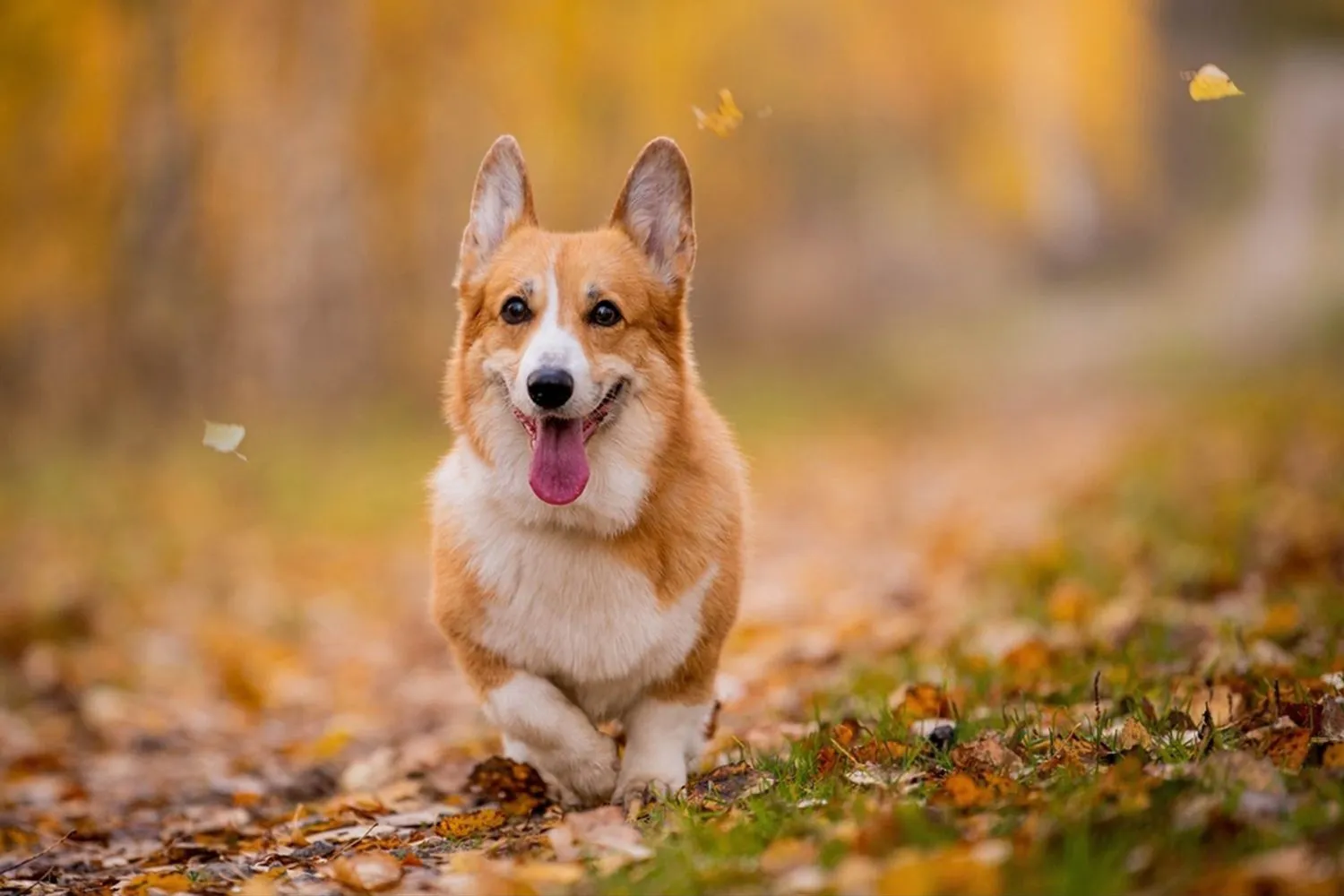
How Long Do Corgi Inus Live?
Most Corgi Inus enjoy a solid 12 to 15 years, which is a lovely stretch of time for such a spirited, medium sized companion. Hitting the higher end usually comes down to the unglamorous basics: keeping them lean, moving their body every day, staying on top of vet care, and giving their brain something to do besides plotting snack theft. My neighbor’s Corgi Inu, Miso, just turned 13 and still zips through the neighborhood because her people stuck to two brisk walks, some nosework games on rainy days, and no free feeding the kibble. Little choices really add up.
If you want to help your pup age like a pro, think joint friendly exercise (steady walks, fetch on grass, gentle hikes), watch the treats (those Corgi genes can be persuasive), and consider a harness if yours has that low and long vibe. I like to switch to senior checkups around age 7-8 and add annual bloodwork catching small changes early keeps them feeling spry. Don’t skip dental care either; clean teeth can mean a healthier heart and kidneys. And mental enrichment matters: puzzle feeders, five minute training sessions, and new sniffy routes keep them happy and calm.
At home, a comfy bed, a nonslip rug for zoomies, and a little ramp to the couch can save wear and tear from big jumps. Celebrate the birthdays, take too many photos, and savor the everyday moments-12 to 15 years with a Corgi Inu is a whole lot of love and laughter.
How Much Should a Corgi Inu Eat?
With a Corgi’s love of snacks and a Shiba Inu’s zip, Corgi Inus do best on high-quality food made for small, energetic dogs. As they grow from roly poly puppy to sturdy adult, their portions will change what starts as a few small meals a day gradually becomes larger meals with fewer feedings. I like to use the guidelines on the bag as a starting point, then fine tune based on activity and what my vet suggests.
Puppies usually do well with three to four small meals to keep their energy steady. By adulthood, most Corgi Inus settle into two meals a day. Use a measuring cup, not eyeballing ask me how I learned that after my mix, Waffles, turned into a little potato one winter. A good rule of thumb is to watch their body shape: you should feel ribs with light pressure and see a gentle waist. If they’re getting pudgy, shave a tablespoon or two off each meal for a week and reassess; if they’re looking lean or ramping up activity, add a bit back.
Treats count, too. Keep them to about 10% of the daily intake and balance by trimming the kibble slightly. Puzzle feeders or slow bowls can help enthusiastic eaters pace themselves Waffles turned mealtimes into a game, and it stopped the “inhale and burp” routine. If you switch foods, go slowly over 7-10 days to avoid tummy upsets, and always keep fresh water available.
Every dog is different, so check with your vet for exact portion sizes and the best type of food for your Corgi Inu’s age, weight, and lifestyle.
Corgi Inu FAQs
Is a Corgi Inu a good house dog?
Absolutely. Give them a good daily workout and some brain games, and a Corgi Inu will happily snooze at your feet or stretch out on the couch like they own the place. Mine settles beautifully after a brisk walk and a few rounds with a puzzle toy. They can thrive in apartments too, as long as you stay on top of exercise and keep an eye on stair use to protect those long backs. Expect a bit of watchdog sass now and then they’re alert and may announce the mail carrier but consistent training keeps the volume reasonable.
How do I get a Corgi Inu?
Start with adoption. Check local shelters and rescue groups, and search for terms like “Corgi mix” or “Shiba mix” that’s how a friend of mine found her perfect low rider fox dog. If you go with a breeder, look for health testing (hips and eyes at minimum), clear contracts, and a chance to meet the parents or see videos of the pups’ environment. Avoid anyone who won’t answer questions or pushes for quick deposits. A short meet and greet and a chat with a foster or breeder about temperament and energy level can save you from mismatches later.
Do Corgi Inu dogs like to cuddle?
Yes these dogs are sweet, loyal snugglers with their people, especially after they’ve burned off energy. My neighbor’s Corgi Inu turns into a warm, wiggly lap loaf after a park run. Some have a touch of independence, so let them come to you and offer a blanket or designated “cuddle spot.” A calm evening routine light brushing, a chew, then couch time usually ends with them snoring happily against your side.
Disclaimer:
This article is for informational purposes only and doesn’t replace professional veterinary or training advice. Always consult a certified vet or dog trainer for guidance specific to your pup.
